Top AI models
An AI model is a trained computer program that can perform a specific task, like text or image generation. According to McKinsey, AI could automate up to 70 percent of business activities across almost all sectors by 2030.
AI models are super fast. Tasks that take humans hours or even days to complete, AI can accomplish in mere seconds or minutes. As a result, businesses in industries like healthcare and finance use AI automation to make their processes more efficient. As a result, businesses in industries like healthcare and finance use AI automation to make their processes more efficient. Many are also exploring ChatGPT alternatives to find models tailored to their unique needs.
There are multiple models in the AI market. Which ones will be leading the charge this year? And how do you choose the best AI models for your business?
The best AI models in 2025
Are you looking to unleash the power of artificial intelligence in your organization? Here are the top 10 AI models to consider:
1. GPT-4o
Best for: Text generation
Developer: OpenAI
GPT stands for Generative Pre-trained Transformer, a deep learning model that can understand and produce human language. OpenAI has released several GPT models over the years. GPT-4o is the most powerful option in their current lineup.
You can use the AI model in ChatGPT to generate text — users on a free plan have limited access. It’s also accessible via OpenAI’s application programming interface (API).
Key features:
- Accepts text and image input (and produces output in both formats)
- Processes and generates audio through Voice Mode
- Comes with built-in video processing
Pros:
- Outperforms predecessors like GPT-4 in simple math, visual understanding, and language comprehension
- Supports more non-English languages than previous models
- Versatile — generates text, writes code, analyzes data, and answers questions
Cons:
- Knowledge cutoff date of October 2023
- Limited access for lower-tier premium ChatGPT users
Pricing:
Access through ChatGPT packages:
- Free
- Plus ($20 per month)
- Pro ($200 per month)
API pricing:
- Input ($2.50 per one million tokens)
- Output ($10 per one million tokens)
2. Gemini 2.0
Best for: Multi-format content creation
Developer: Google DeepMind
Want to create content in multiple formats? Gemini could be the AI model you’re looking for. Besides writing text content, it can generate images, videos, and audio files too.
Gemini is also one of the best AI systems for writing code. Just describe what your code should do in plain English, and the model will do the rest — lightning fast.
The latest version, Gemini 2.0, has additional functionalities and is Google’s most capable AI model yet.
Key features:
- Multimodal AI — Understands and creates multiple types of content, including text, image, video, and code
- Deep Research — Includes a research assistant with advanced reasoning
Pros:
- Available across Google products, including Gemini AI Assistant and Google AI Studio
- More powerful than the previous model, so it handles tasks more efficiently and effectively
Cons:
- Features like Deep Research only available for premium users
- Biases, inaccuracies, and hallucinations still a problem
Pricing:
Access to the AI model via Google’s AI assistant, Gemini:
- Freemium plan (limited features)
- Gemini Advanced ($19.99 per month)
Access to the Gemini API has different pricing. However, you still get a free plan. The premium option is pay-as-you-go.
3. DALL-E 3
Best for: Image generation
Developer: OpenAI
DALL-E 3 is an image-creation AI model that can bring your idea to life in seconds. If you can describe it, DALL-E 3 can draw it. DALL-E 3 is integrated into OpenAI’s AI assistant, ChatGPT, so you don’t need a separate tool to access the image generator. It’s also available through API if you want to use the model’s capabilities in your digital platforms.
Key features:
- Text-to-image AI model
- Built-in safety feature that prevents inappropriate requests
Pros:
- More powerful than OpenAI’s previous image generation model, DALL-E 2
- No permission required from the developer to use generated photos
- Output matches prompt description
Cons:
- Limited access for freemium users
- Images, especially human faces, often unrealistic
Pricing:
With ChatGPT plans, DALL-E 3 comes as one of many other benefits:
- Free (Limited access to image generation)
- Plus ($20 per month)
- Pro ($200 per month)
Pricing is quite different if you use the model via API. Depending on the image quality and resolution, it ranges from $0.04 to $0.12 per photo.
4. Whisper
Best for: Audio transcription and translation
Developer: OpenAI
Whisper is an automatic speech recognition system. It turns audio content like sales calls into text quickly and accurately.
The AI model understands technical language, recognizes accents, and detects background noise. It’s the technology behind ChatGPT’s Voice Mode.
Key features:
- Speech-to-text AI
- Multilingual AI model (with over 90 supported languages)
- Translation tool
Pros:
- Highly accurate, even when transcribing fast speech or dealing with background noise
- Perfect for businesses with customers who speak different languages
Cons:
- No real-time captioning
- Transcription accuracy varies, depending on the language
Pricing:
Whisper API pricing is $0.006 per minute. However, you can also access the AI model with a free or premium ChatGPT plan.
5. Claude
Best for: AI conversation and image analysis
Developer: Anthropic
If you’re looking for a capable content-creation AI model, Claude is one of the best in the game. It can create reports and write blog posts about all sorts of topics.
Besides generating business content, Claude’s artificial intelligence system can also process images. That means it can extract insights from graphs. However, Claude only accepts text and image inputs, while alternatives like Gemini can process text, photos, and audio files.
Key features:
- Advanced reasoning
- Code generation
- Multilingual processing
- Visual analysis
Pros:
- Multipurpose AI model with many use cases
- Low hallucination rate and high accuracy when generating long-form content
Cons:
- Occasionally generates incorrect, misleading, or biased content
- Knowledge cutoff date of April 2024
Pricing:
Claude offers a free plan and three monthly premium options:
- Pro ($18)
- Team ($25 per person)
- Enterprise (custom pricing)
6. DeepSeek-V3
Best for: Research
Developer: DeepSeek
Since its founding in December 2023, DeepSeek has released a series of generative AI models. One of the most recent is DeepSeek-V3, which is faster than its predecessors.
DeepSeek-V3 can generate business content, solve complex math problems, and extract text from images. You can chat with the model on DeepSeek’s official website or integrate it into an app using an API.
Key features:
- General purpose text content creator
- Multilingual model (with over 100 supported languages)
- Advanced reasoning for solving complex problems like debugging a piece of code
Pros:
- Versatile
- Faster and more efficient than previous DeepSeek models
Cons:
- Can’t generate images, unlike popular alternatives such as Gemini
- Knowledge cutoff date of July 2024
Pricing:
Chatting with DeepSeek-V3 on the developer’s site is free. You only pay when using APIs:
- Input ($0.07 to $0.27 per one million tokens)
- Output ($1.10 per one million tokens)
7. AudioCraft
Best for: Audio production
Developer: Meta
AudioCraft is a collection of AI models used to create music and sound effects from text prompts. After generating audio, the system can compress the file for optimized size without sacrificing sound quality.
Want background audio for your promotional videos? AudioCraft-generated music can be super helpful. You get original soundtracks tailored to your specific needs.
Key features:
- AudioGen — Turns textual description of an acoustic scene into realistic audio
- MusicGen — Generates soundtracks from text inputs
- EnCodec — Compresses generated audio while retaining sound quality
Pros:
- Versatile audio generation
- Free to install and use
- Accurate, high-quality output
Cons:
- Installation requires technical proficiency
- Steep learning curve for first-time users
Pricing:
AudioCraft is free to install and run on your computer.
8. Sora
Best for: Short video creation
Developer: OpenAI
In early 2024, OpenAI introduced the first version of its video generation model, Sora. At the end of the same year, the developer released a new version (Sora Turbo) that is significantly faster and more powerful than the initial model.
Sora Turbo is a standalone product at Sora.com. It’s also available to ChatGPT Plus and Pro users.
Key features:
- Text-to-video AI model
- Image-to-video AI system
- High definition (HD) output of up to 1080p
- Video output of up to 20 seconds long
Pros:
- Accepts video, text, and image input
- Generates videos from scratch but can also remix, blend, and extend user-provided assets
Cons:
- Often generates unrealistic videos
- Watermark on output
- No audio
- Generates short videos only
Pricing:
Available to ChatGPT premium users:
- Plus ($20 per month)
- Pro ($200 per month)
9. ADA
Best for: Content search and recommendation
Developer: OpenAI
ADA is an embedding model. That means it turns data, like text, into numerical representations or sequences, making it easy for computers to understand the relationship between data points. It’s officially known as text-embedding-ada-002.
Businesses can incorporate the model’s AI algorithms into their applications or websites for content personalization, recommendation, and search.
Key features:
- Unification of capabilities — Merges OpenAI’s five previous embedding algorithms into a single model for better performance
- Longer context — Processes large chunks of text at once to capture complex relationships between words
Pros:
- Smaller than predecessors like davinci-001 for more efficiency
- Performs better or similar to OpenAI’s embedding models that came before it at a 99.8 percent lower price
Cons:
- Outperformed by some alternatives from the same developer in specific benchmarks
- Access may require technical knowledge
Pricing:
Accessible through API. The cost is $0.10 per one million tokens.
10. Veo 2
Best for: High-resolution video generation
Developer: Google DeepMind
Veo 2 is a video generation model. This AI system is the right tool for creating realistic, high-quality motion output. You’ll be impressed with how it follows instructions to generate detailed clips that match user descriptions.
Use Veo 2 on Google’s video creation platform, VideoFX. Soon, the tech giant will expand Veo 2 to YouTube Shorts as well.
Key features:
- Text-to-video AI model
- Realistic, detailed output
- 4K resolution video generation
Pros:
- Interprets instructions precisely
- Generates higher quality output (4K resolution) than alternatives like Sora (1080p)
- Understands real-world physics and human movement, which makes the output more realistic
Cons:
- 4K clips limited to eight seconds by default (can be extended to two minutes)
- Struggles to generate scenes with complex motion
Pricing:
Sign up for VideoFX to try Veo 2 for free.
How to choose the right AI model
There is a lot to consider when deciding on the best AI model for your needs. Here are the key factors to think about when comparing optionss:
- Use case — Is the model designed for the task you want to accomplish? If you want to make videos, for example, choose a video AI model.
- Accuracy and performance — Check an AI model’s accuracy metrics for a particular task on the developer’s website. Compare its precision with alternatives, and then choose one with the best benchmark scores.
- Scalability and integration — Pick a model that fits into your current workflows. Choose one that can handle more tasks without slowing down as your organization’s AI and machine learning needs grow.
- Cost and accessibility — List several AI models that offer everything you need to complete a specific task. Then compare prices and pick the most affordable. Make sure the one you choose is easily accessible through a user-friendly interface or API.
- Ethical considerations — AI for businesses can inherit biases from training data, posing reputational risks for the brands that use it. Visit the developer’s website to confirm how they are addressing this issue.
Streamline business processes with Jotform AI Agents
Jotform AI Agents use OpenAI’s GPT-4 technology, hosted in a secure cloud environment, to provide intelligent responses to user queries. This AI model allows the AI Agents to understand context effectively, handle increasing workloads efficiently, and scale seamlessly as your business grows.
Additionally, you can customize the AI Agents by updating their knowledge base and teaching them through interactions, which helps improve their performance over time.
OpenAI’s GPT-4 technology enhances the overall user experience of Jotform AI Agents by delivering clearer and more relevant answers to customer inquiries.
Photo by cottonbro studio

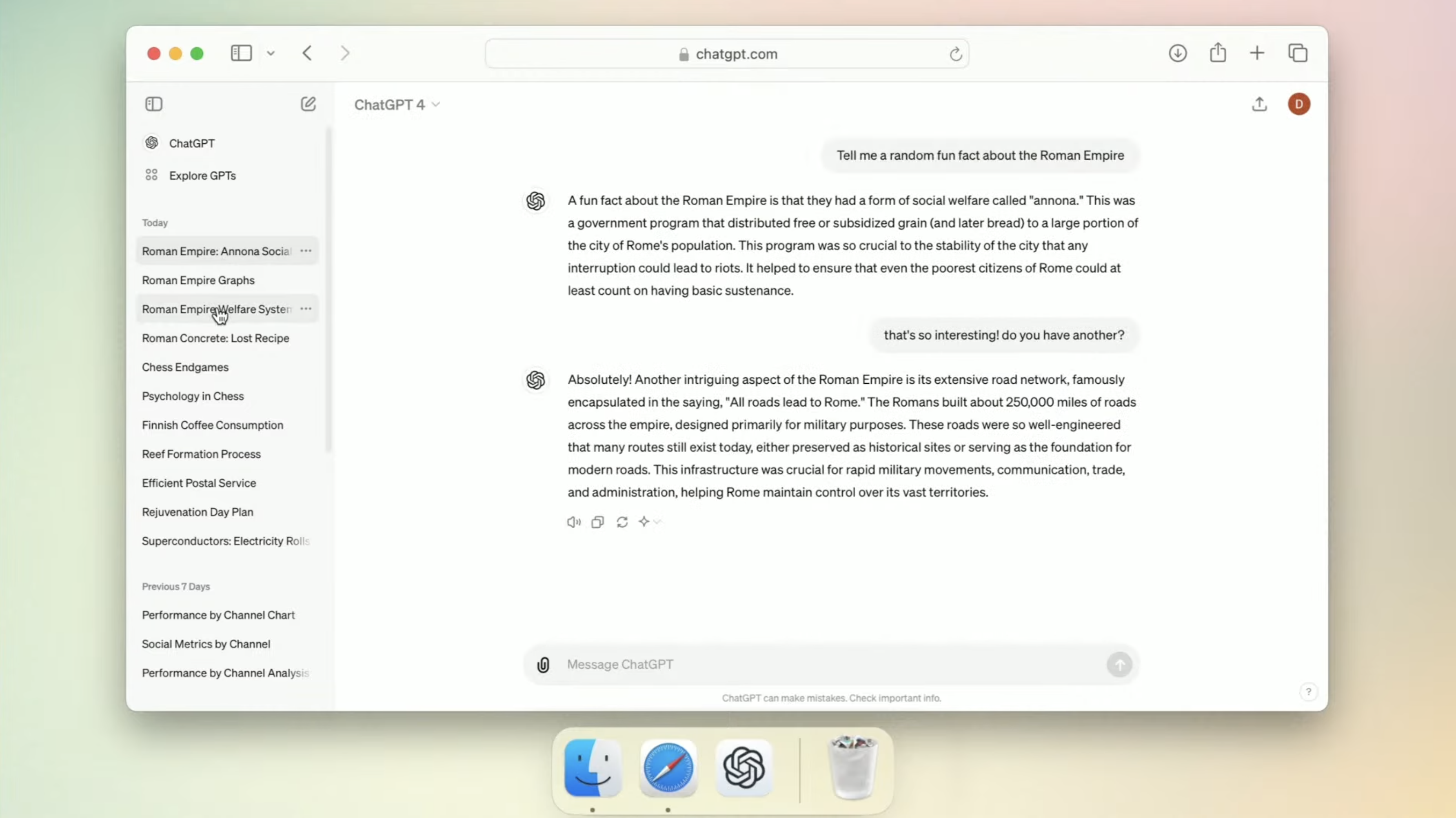
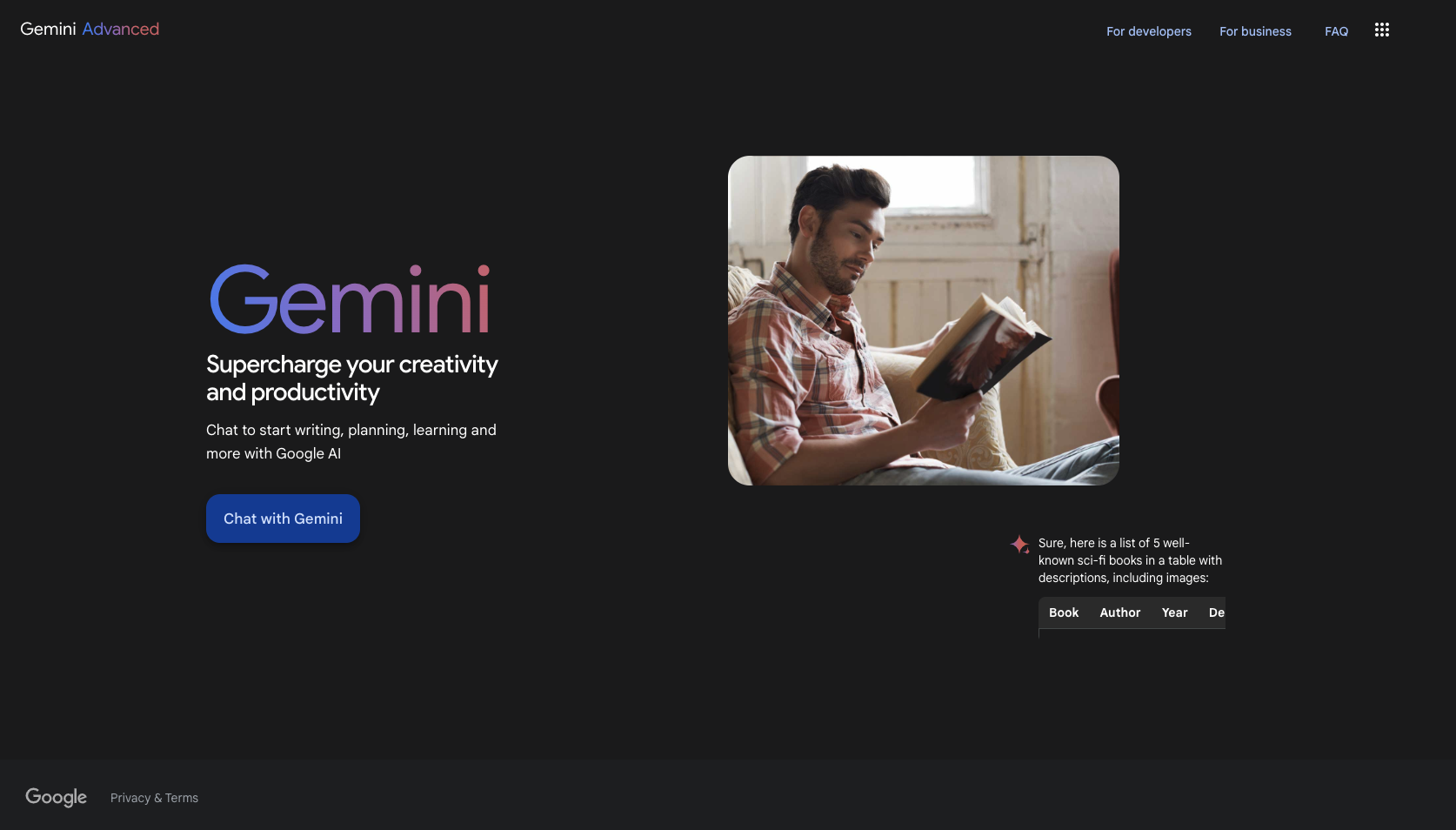
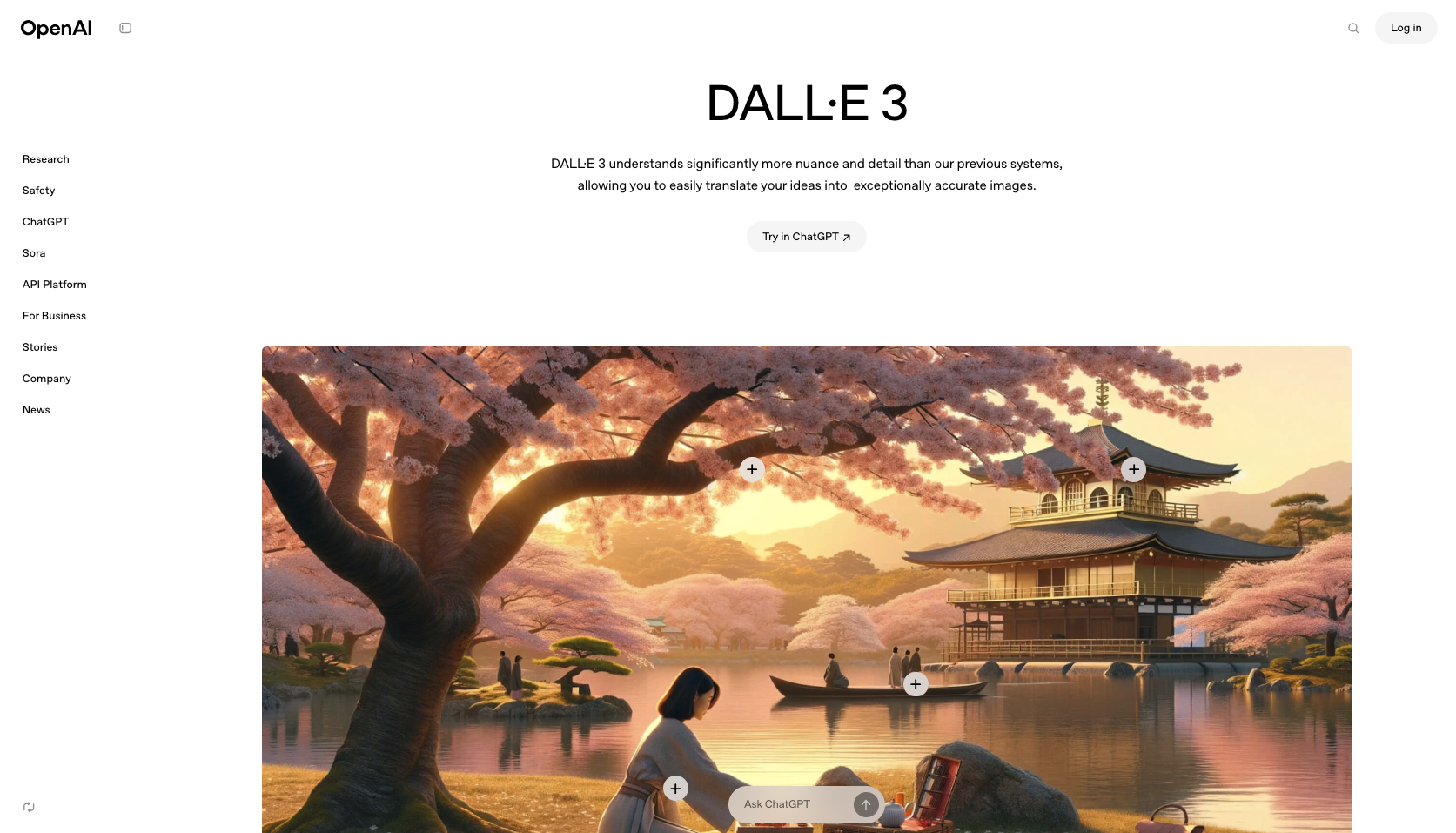
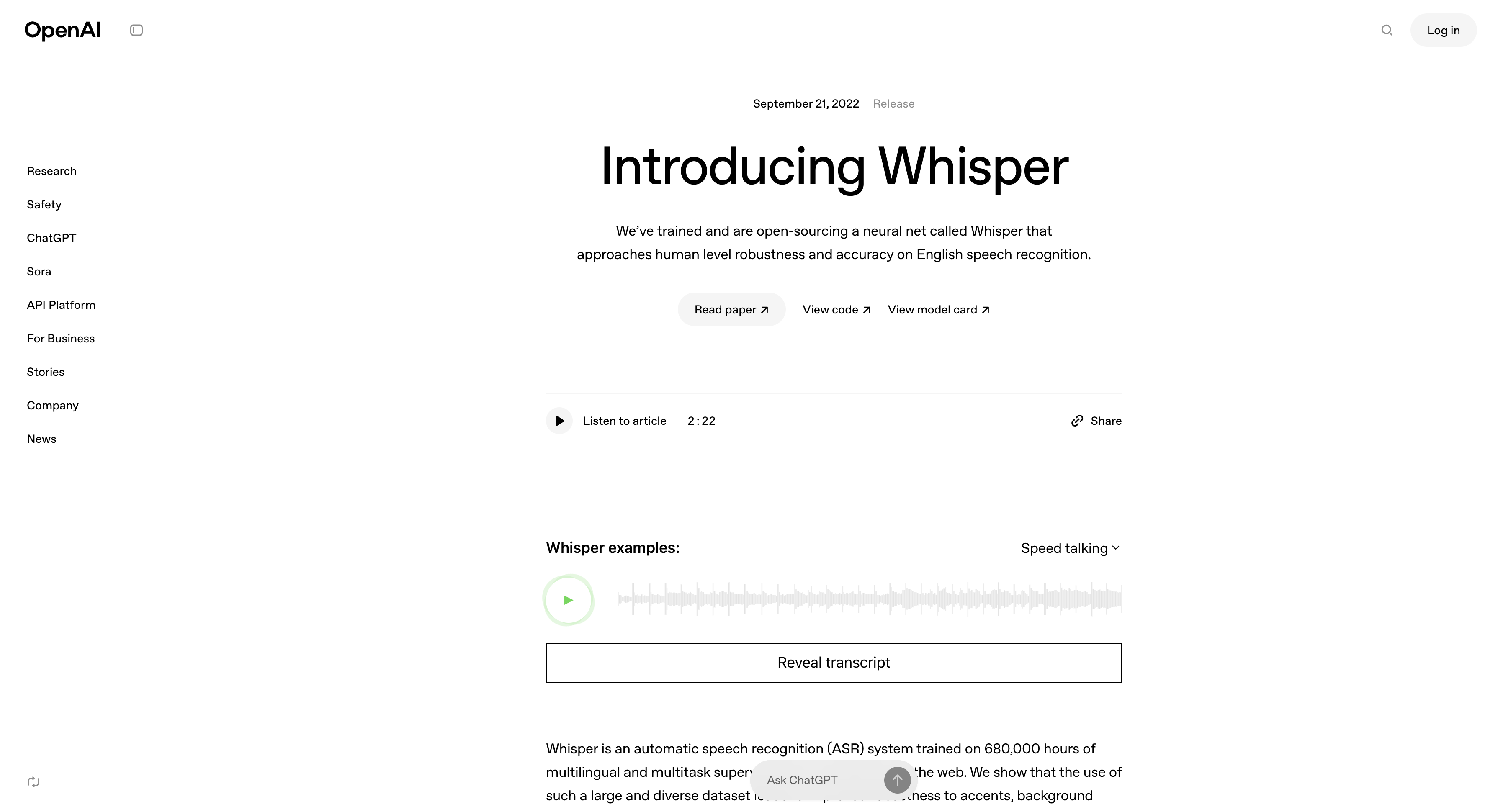
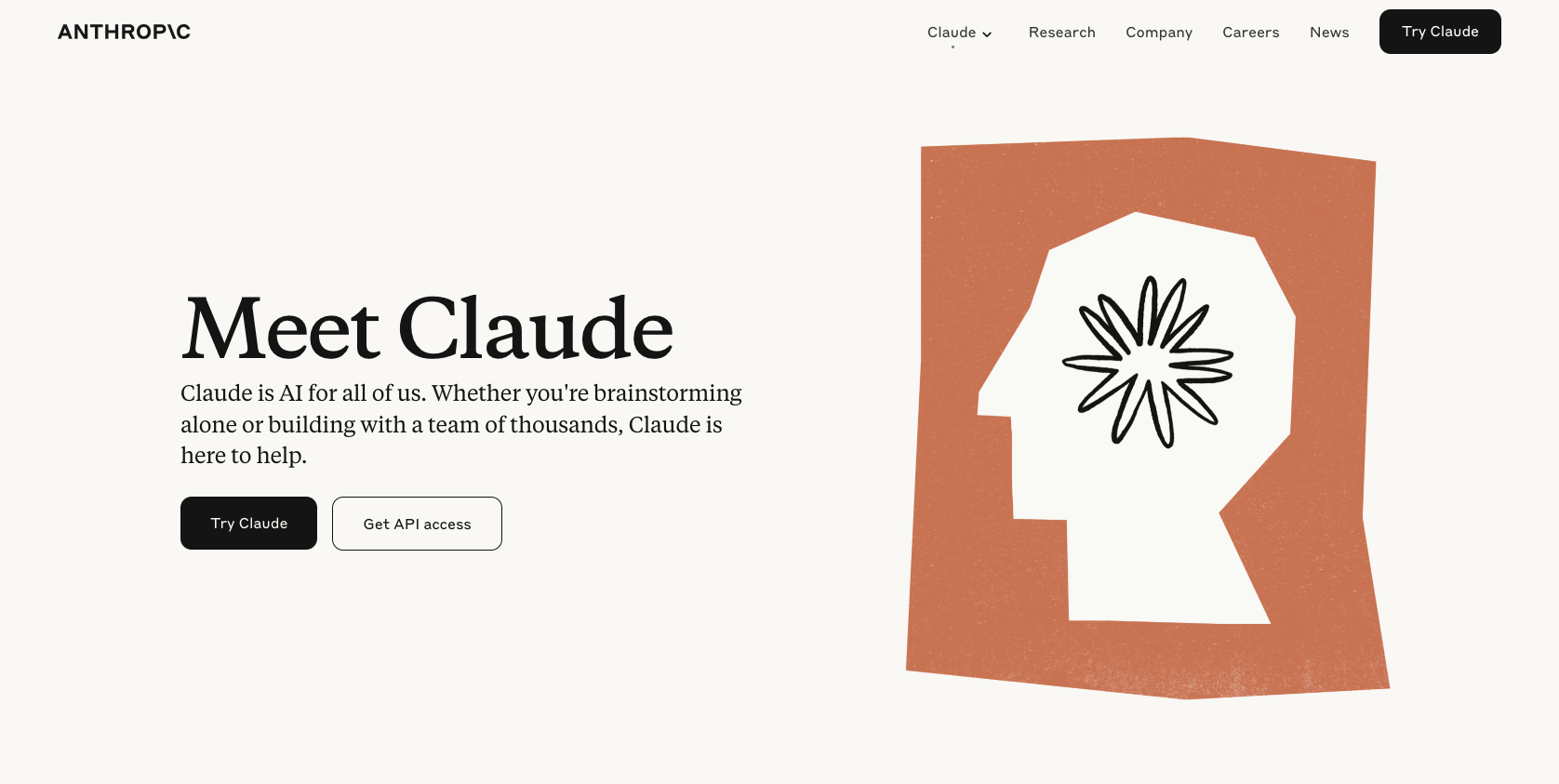

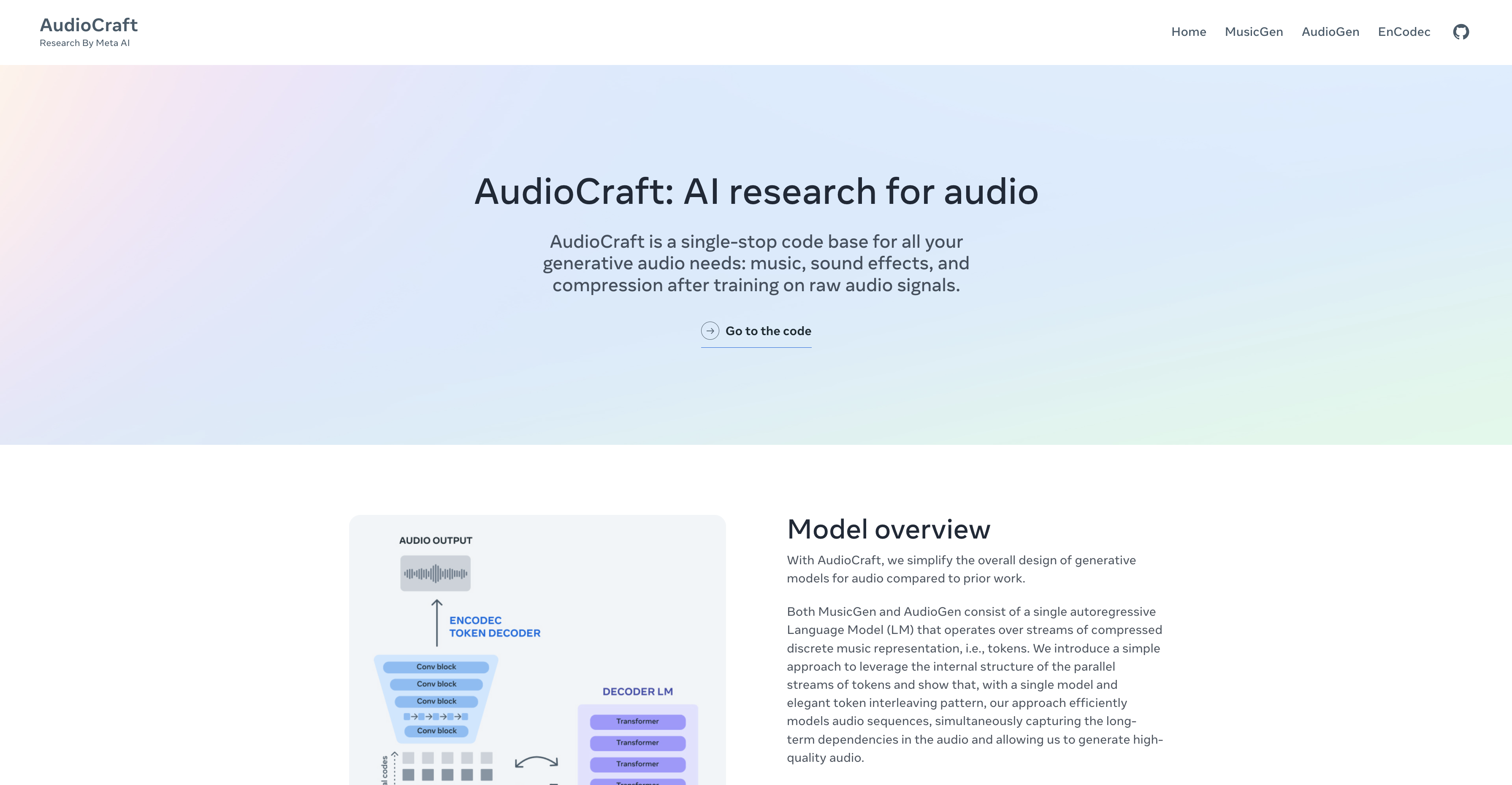
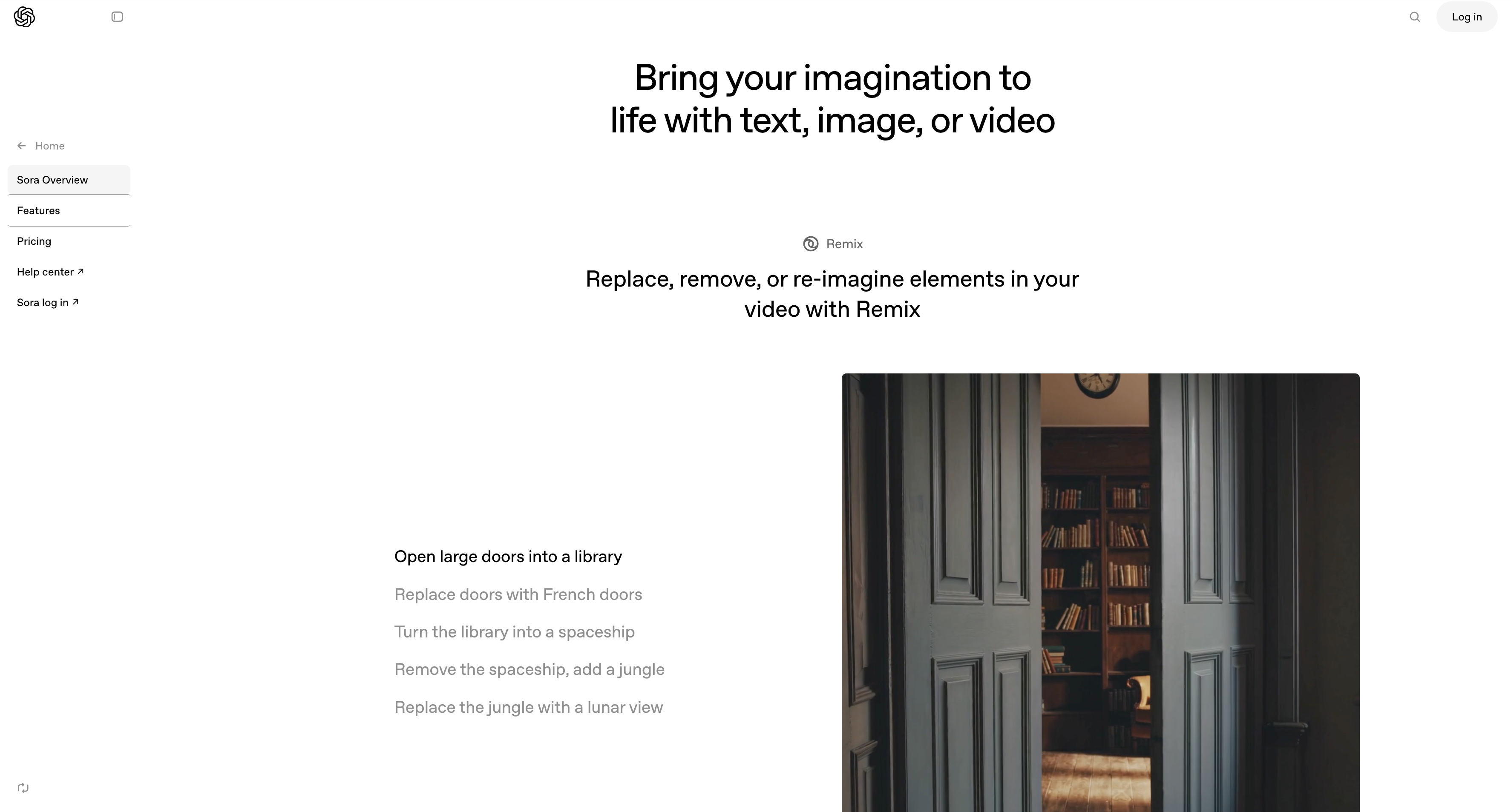
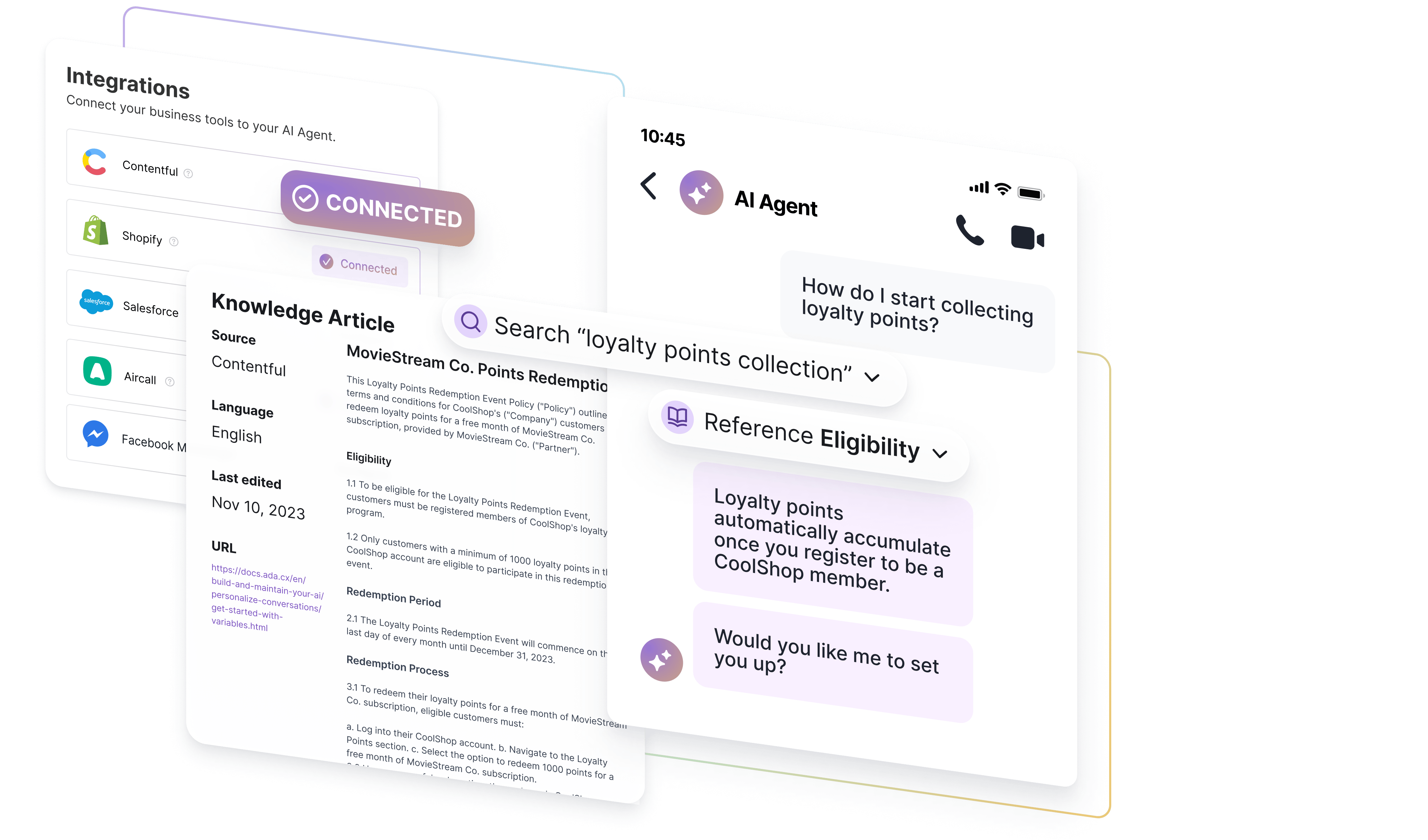
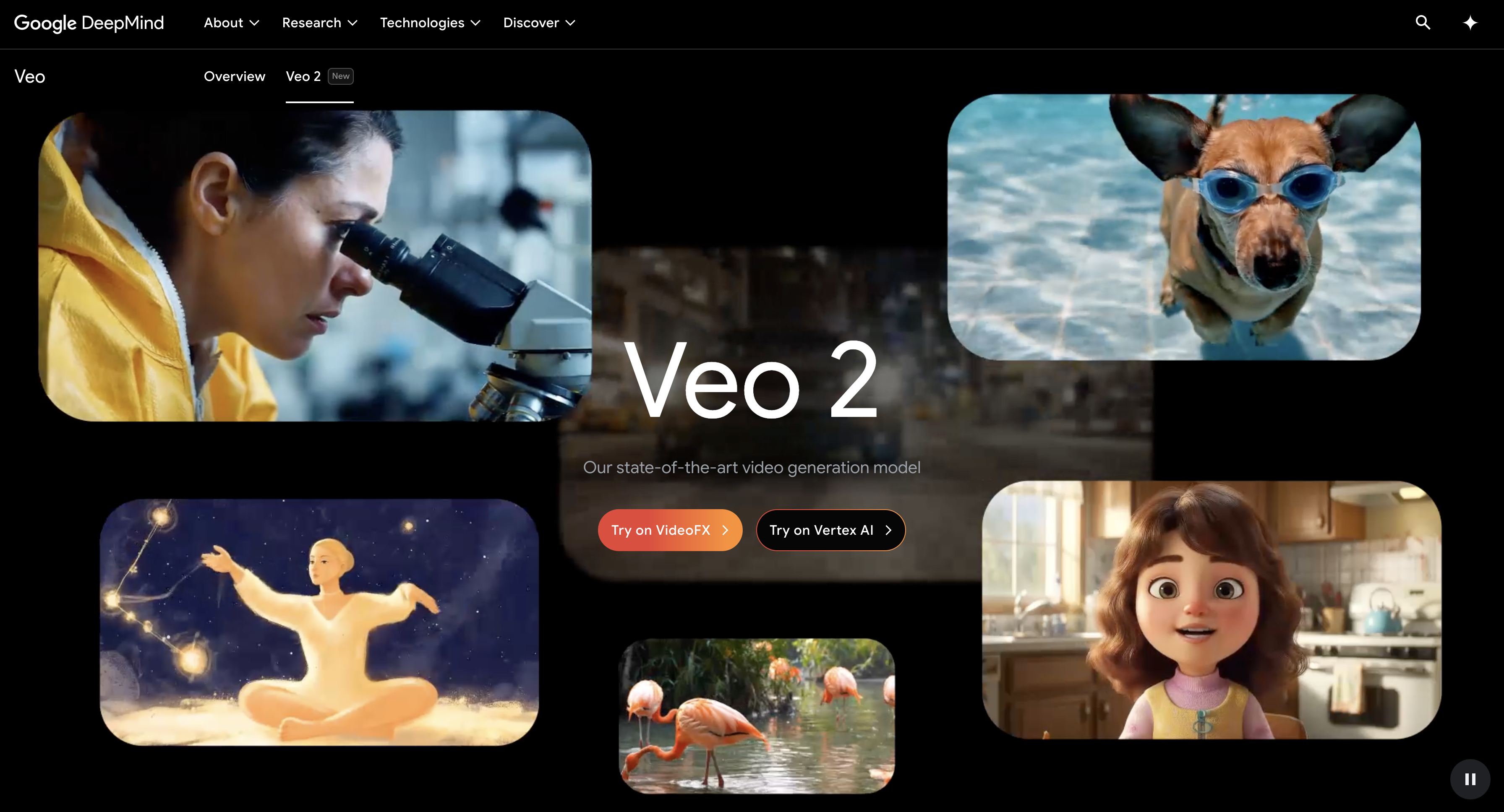






































































































Send Comment: